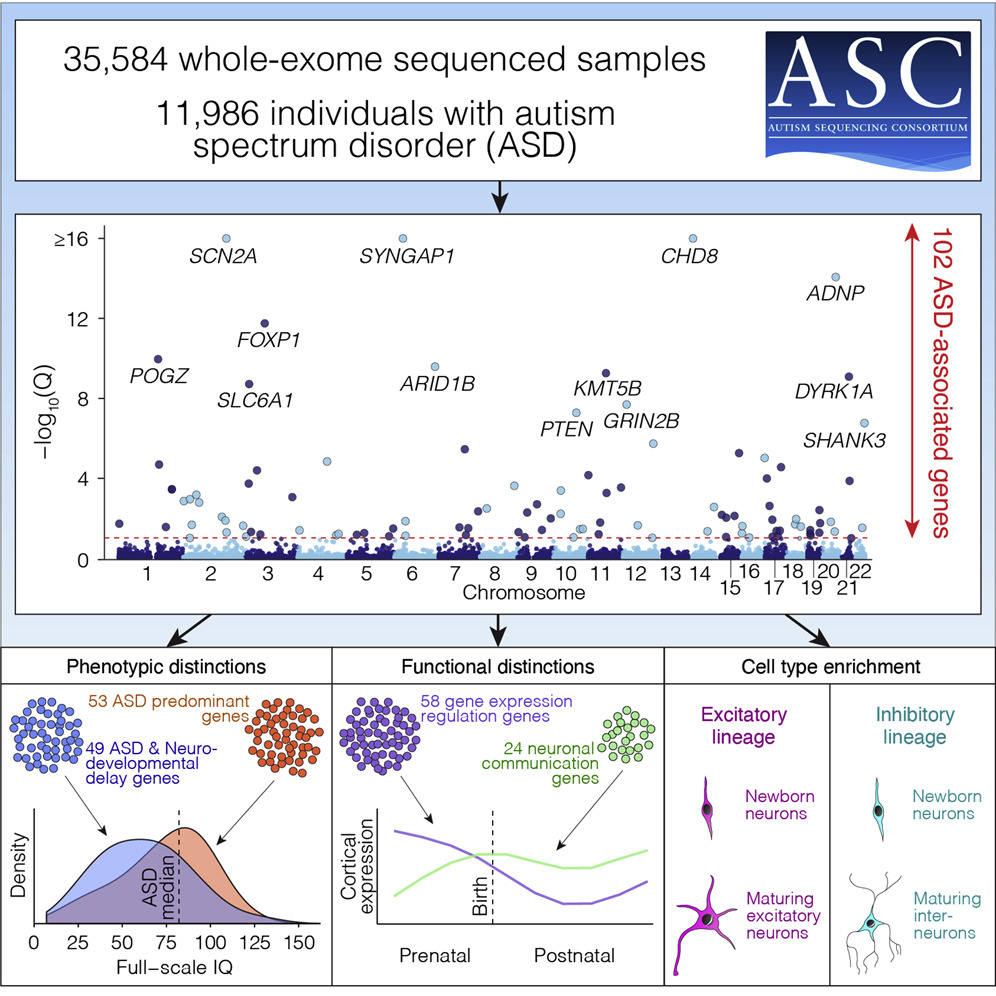Almost 4x as many boys are diagnosed with autism compared to girls, however, the reasons remain elusive. Scientists have been clear that more data is needed. This includes numbers of families and amount of information collected on each family. The leading theory behind the male sex bias is that females in a family are protected against a diagnosis in some way—the female protective effect—and one of the best ways to study this is to look at undiagnosed sisters.
The Autism Sisters Project is an exciting opportunity for unaffected sisters of individuals with autism to participate in research alongside their sibling(s) with autism, to help researchers understand the female protective effect and why autism is expressed differently in males than in females. The goal is to build a large genetic database that researchers can use to explore this phenomenon and discover how the protective factor can be harnessed to help people with autism of both sexes.
In 2016, ASF supported research to gather data electronically on family members, so that more people could participate. In 2017, we expanded our support by partnering with the Autism Sequencing Consortium and by bringing the leading autism geneticists and clinical scientists together to build a database of families across half a dozen research projects around the world. We will continue to grow this resource and make it available to those who are interested in studying not only the female protective effect, but also differences across the lifespan between males and females with autism and their family members.

In 2020, Autism Sisters Project investigators published their first set of analysis investigating the genetics of 12,000 males and females with ASD. These samples were collected around the world and the analysis was made possible through the Autism Sisters Project. Despite showing similar features of ASD, females with ASD had more mutations in about 100 “rare” genetic variants of ASD. This confirms the presence of a protective effect in females that helps explain the sex bias in ASD. Studies of siblings of ASD are coming soon. The graphical abstract of the publication is on the (right/left).
UPDATE
ASD often occurs alongside other conditions. Some of these conditions can increase the chance of finding a genetic diagnosis. If ASD is accompanied by delayed walking, seizures (not including febrile seizures), or, in females, intellectual disability, a genetic diagnosis is found in about a quarter of cases, using the combination of chromosomal microarray and exome sequencing. This is a very high yield for genetic testing. In individuals with ASD without any of these three symptoms, a genetic cause is found in 6% of those tested. We used thresholds of ≥18 months for delayed walking and IQ ≤70 for intellectual disability to calculate these estimates since these milestones are often recorded; relaxing these thresholds slightly may be appropriate in clinical practice. Identifying a genetic risk factor can provide a better understanding of the symptoms and features of the type of autism.

